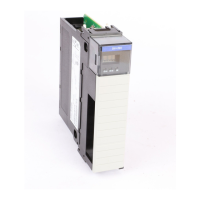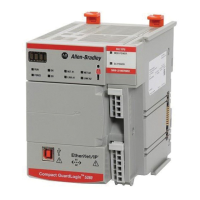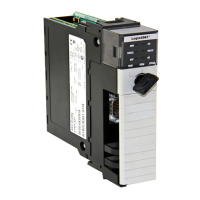Behavior models used in CIP Motion
Rockwell Automation Publication MOTION-RM003I-EN-P - February 2018 41
particularly useful in applications where it is necessary to determine the location of
several axes at the time of a single registration event. The more accurate the time
stamp, the more accurately the controller can determine these positions.
See also
Event Capture Behavior on page 38
The fault and alarm handling functionality addresses both the need for a large and
ever-expanding number of specific faults and alarms, the need for programmable
actions, and the need for timely reporting of those faults and alarms to the
controller. Additionally, no compromises are made to restrict the resolution of the
reported faults and alarms, so that the controller always has access to the unique
axis condition and a meaningful diagnosis. Numerous Fault and Alarm related
attributes can be included in the fixed portion of the cyclic Device-to-Controller
Connection so the controller can monitor the condition of the motion axis in
real-time, without cumbersome polling.
The CIP Axis Status attribute contains bits to indicate whether an alarm
condition is present. The CIP Axis State enumeration indicates when the axis has
a major fault, which could be a regular runtime CIP Axis Fault, Safety Fault, or an
Initialization Fault. The Axis Fault Code and related attributes are used to report
the specific fault condition, time stamp, and fault action to the controller for the
purposes of building a fault log.
See also
State Behavior on page 61
Exceptions on page 41
Absolute Position Recovery on page 43
CIP Axis Status Attributes on page 236
Exception, Fault and Alarm Attributes on page 293
Exceptions are runtime conditions that the device continually checks that might
indicate improper behavior of the motion axis or operation outside of an
allowable range. An exception can result in an alarm, a minor fault, or a major
fault, depending on how the associated Axis Exception Action has been configured
– an exception can even be configured to be ignored. Exceptions are automatically
cleared by the device when the underlying exception condition is no longer
present.

